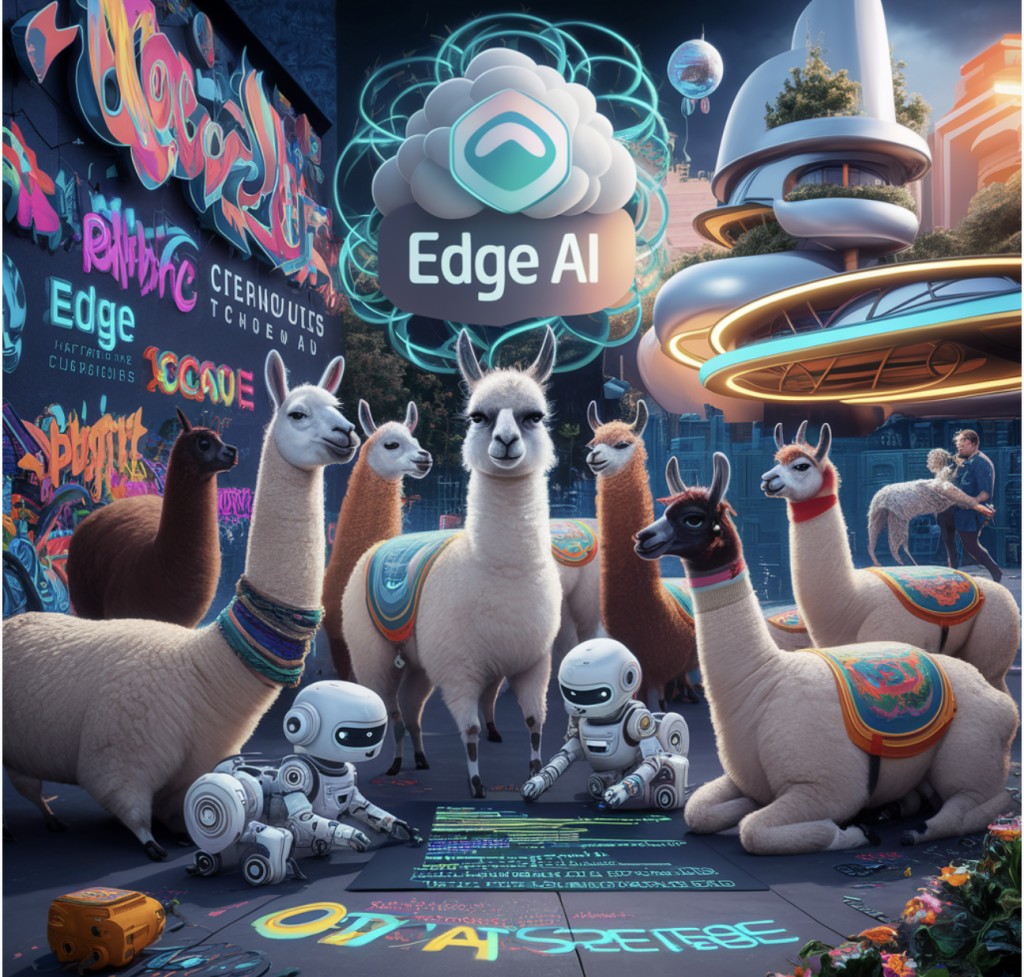Edge artificial intelligence (Edge AI) involves implementing AI algorithms and models on local devices like sensors or IoT devices at the network’s periphery. This setup allows for immediate data processing and analysis, reducing dependence on cloud infrastructure. Consequently, it empowers devices to make intelligent decisions quickly and autonomously without the need for data from distant servers or cloud systems.
Deep Neural Networks (DNNs) are crucial for AI applications in the 5G era. However, running DNN-based tasks on mobile devices requires more computation resources. Also, traditional cloud-assisted DNN inference suffers from significant wide-area network latency, resulting in poor real-time performance and a low-quality user experience.
Edge AI provides a robust way to deploy AI models directly on local edge devices. Various Edge AI frameworks are available, as exemplified by PyTorch Mobile and Tensorflow Lite. The key advantages of Edge AI are:
Reduced latency
Real-time analyticsÂ
Low bandwidth consumption
Improved securityÂ
Reduced costs
Edge AI framework includes multiple steps, described below:
Model Development: Develop a machine learning model for the desired task.
Model Optimization: Optimize the model for size and performance.
Framework Integration: Integrate the model into an edge AI framework.
Deployment: Deploy the model to edge devices.
Inference: Perform inference on edge devices.
Monitoring and Management: Monitor and manage deployed models remotely.
The key difference between Edge AI and traditional AI is that it integrates the model into the Edge AI framework and deploys it on Edge devices rather than the cloud.Â
A thorough comparison of Edge AI, Cloud AI, and Distributed AI:
Edge AI enables localized decision-making, reducing reliance on transmitting data to central locations. However, deploying across diverse locations poses challenges like data gravity and resource constraints. Distributed AI addresses these challenges by coordinating task performance across multiple agents and environments, scaling applications to numerous spokes. Edge AI processes data closer to its source, offering lower latency and reduced bandwidth demands. In contrast, cloud AI provides greater computational power but involves data transmission to external servers, raising security concerns. Each approach has distinct advantages based on specific requirements and constraints.
Edge AI applications include smartphones, wearable health-monitoring accessories like smartwatches, and real-time traffic updates for autonomous vehicles. Industries adopt edge AI to reduce costs, automate processes, and enhance decision-making. It optimizes operations across various sectors, driving efficiency and innovation.
In conclusion, Edge AI represents a transformative shift in AI deployment, directly enabling real-time processing and analysis on local devices. With advantages such as reduced latency, improved security, and lower costs, Edge AI is revolutionizing various industries, from healthcare to transportation. By utilizing frameworks like PyTorch Mobile and TensorFlow Lite, organizations can harness the power of AI at the edge to drive efficiency, automation, and innovation in their operations.
Sources
https://arxiv.org/pdf/1910.05316
https://www.ibm.com/topics/edge-ai
https://www.researchgate.net/publication/355832396_Edge_Intelligence_Empowering_Intelligence_to_the_Edge_of_Network
The post Edge AI and It’s Advantages over Traditional AI appeared first on MarkTechPost.
Source: Read MoreÂ

